O V E R V I E W
Hypatia I’s Mission
Hypatia I is an all-female, multidisciplinary, and intergenerational crew, selected to participate in an analog mission to the Mars Desert Research Station (MDRS) in April 2023. Its goals include (i) conducting research related to Mars and to space exploration more broadly, (ii) developing scientific outreach and communication activities, and (iii) promoting STEM careers, particularly among young girls. The Commander of Hypatia I is Mariona Badenas Agustí, who was part of another MDRS Crew (LATAM IIII) in 2019. Inspired by that experience, Mariona made it her
goal to return to the MDRS with a team of leading Catalan female scientists. Her goal was clear: to perform high-quality space-related research and to encourage young people to pursue scientific careers. The Hypatia project was launched on February 11, 2021, coinciding with the International Day for Women and Girls in Science. On that day, Mariona Badenas Agustí and crew member Carla Conejo González (Executive Officer) met to discuss the possibility of creating Hypatia I and selecting its crew. After two years and a half of hard work, the Hypatia I team is grateful to the MDRS Executive Team for the
opportunity to conduct a Martian mission and work towards achieving our goals.
Research Projects
One of the main goals of Hypatia I is to conduct space-related research during its rotation at the MDRS. Different research projects, led by the members of Hypatia I, will be carried out in four major disciplines:
Astronomy
Space biology
Engineering
Scientific communication
Some of these research projects include:
Observation of the ‘Martian’ sky
The MDRS is a unique place to observe the night sky thanks to its low light pollution and the dry climate of the desert. The station has two telescopes with which the properties of star clusters will be studied, asteroids and other minor bodies will be searched for, and astrophotography will be used as an outreach resource for the public. Circadian rhythms in space One of the most important challenges of a future manned trip to Mars are human limitations. Astronauts have been found to have problems with sleep because they work long hours, face drastic changes in their routines, have different hours of light than on Earth, and face environmental factors that disrupt their circadian rhythms. The members of Hypatia I will use wristband devices to monitor neurophysiological constants related to sleep for 24/7 with the aim of detecting any imbalances that may affect their health and mission performance.
Aquaculture on Mars
Mars is a hostile planet to live on and grow food because the environmental factors are different from those on Earth. However, future human settlements will need resources to feed themselves. The members of Hypatia I will study how gravity alteration affects the DNA of cells, using a model fish that is used in many laboratories around the world: the zebrafish.
Single-cell intelligence
The Blob (Physarum polycephalum) will become one more member of the Hypatia I mission. It is a macroscopic single-celled organism that can move several centimeters per hour. Despite not having a nervous system or brain, the Blob is capable of learning and solving complex nutritional problems, such as finding the shortest path to feed itself. In hostile environments, the Blob can survive for decades in a state of hibernation. Inside a safety cabin designed for the mission, the Blob will be subjected to various conditions that will allow us to study its learning and decision-making abilities.
Martian GPS
The different rovers that have arrived on Mars navigate the surface of the red planet using various satellites orbiting around it. These connections are not constant and can fail. At the MDRS, we will explore two ways of navigating through the Utah desert. The more classic way is to use the stars as a reference in the night sky. The more innovative way is to use the constellation of CubeSats nano-satellites orbiting above to navigate the surface.
Iron batteries powered by urine
Batteries are a key element in a manned space mission, but one of the greatest burdens of future trips to Mars is that rockets can not carry too much weight if they want to save on fuel. Therefore, this research project aims to test batteries based on iron chemistry, an abundant material on the red planet, that will use the urine of the crew to function.
Daily reports to planet Earth
The crew of Hypatia I will have to write a daily report that explains day by day the activities of the crew at MDRS. The document will also include a description of the progress of the different research projects. At the same time, it will also include photos of the highlights of the day to stay in touch with Earth.


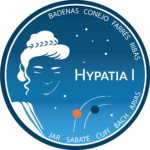
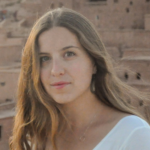

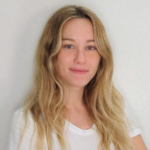
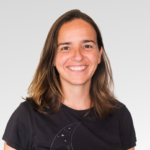
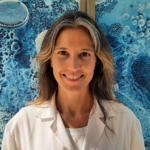
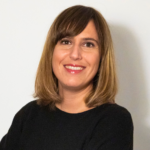

You must be logged in to post a comment.